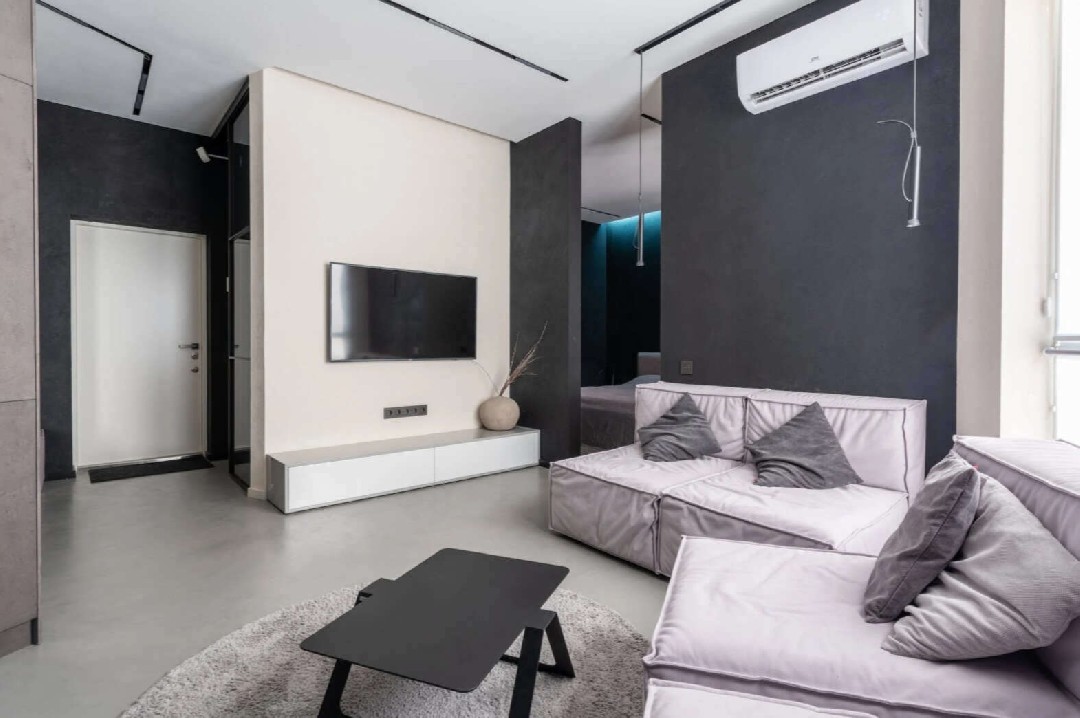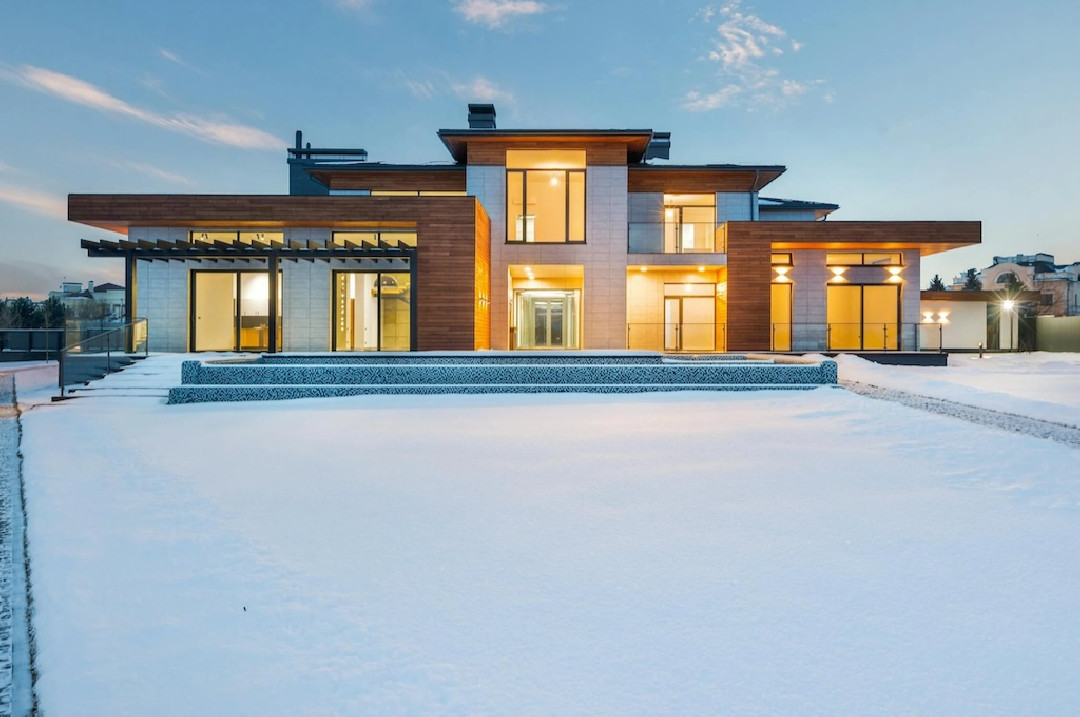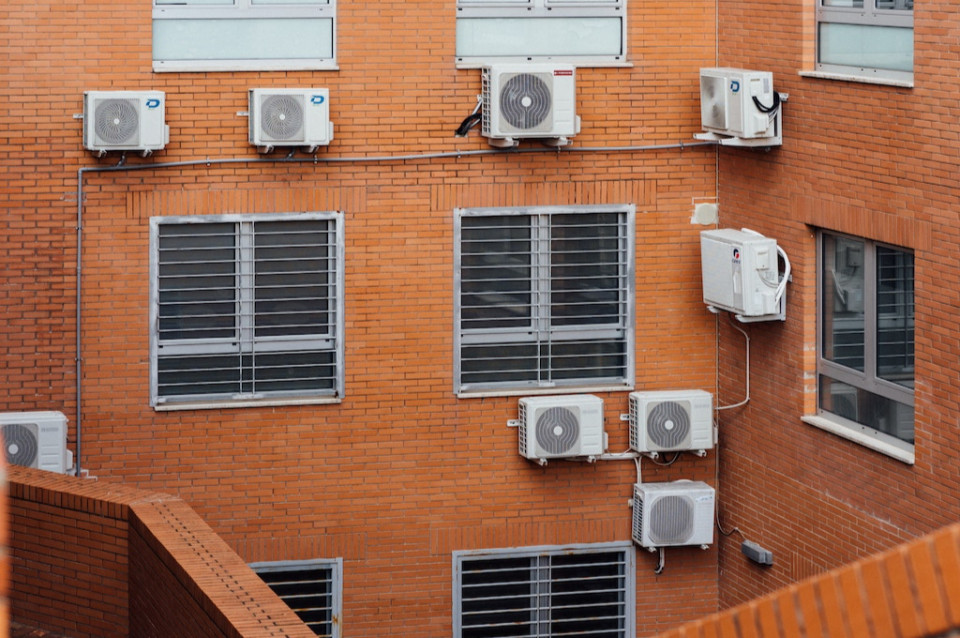When Furnaces Go Wrong: Identifying the Most Common Failures
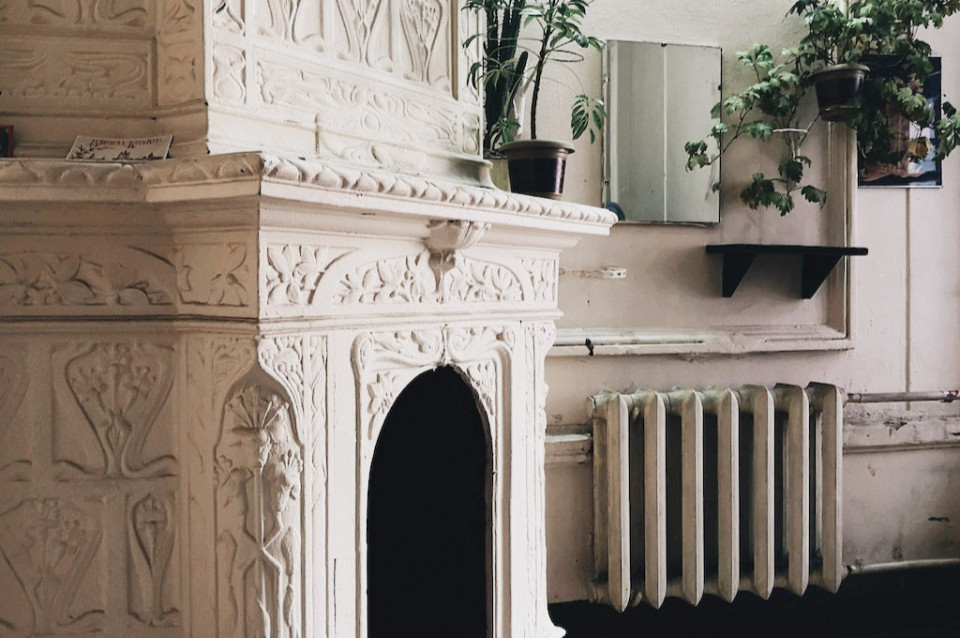
image source : pexels.com
Winter is perhaps the most unfriendly season of the year. It is when homeowners crank up their heat pumps, heaters, and furnaces to keep the indoor space warm. But what happens when you turn on your furnace but can’t get any heat? Chances are high that there’s a problem with the system.
Troubleshooting furnace problems during winter can be discomforting. That’s why this article discusses the common furnace repairs you may need to get your heating working again. Find out the common issues that can make your furnace go wrong and how to address those common failures.
What Are the Most Common Furnace Problems?

source : suretechhvac.com
Some furnace problems are more common than others. If your furnace has refused to produce heat optimally, the chances are high that it’s one of the following problems.
Dirty Ductwork
Dirty ductworks are a simple maintenance problem that can often affect your furnace’s performance. Leaving dust and debris in the heating ducts can limit the hot air you receive, thus causing you to crank the furnace up even more. Remember, cranking up your furnace will increase your energy bills at the end of the month.
How to Fix: A simple fix for this problem is to don your cleaning gear and head straight to the ductwork. You’ll likely find accumulated dust, cobwebs, and debris in the system. These are the main culprits to clear out. You should also ensure a regular maintenance schedule to prevent such problems from reoccurring.
Old Filters
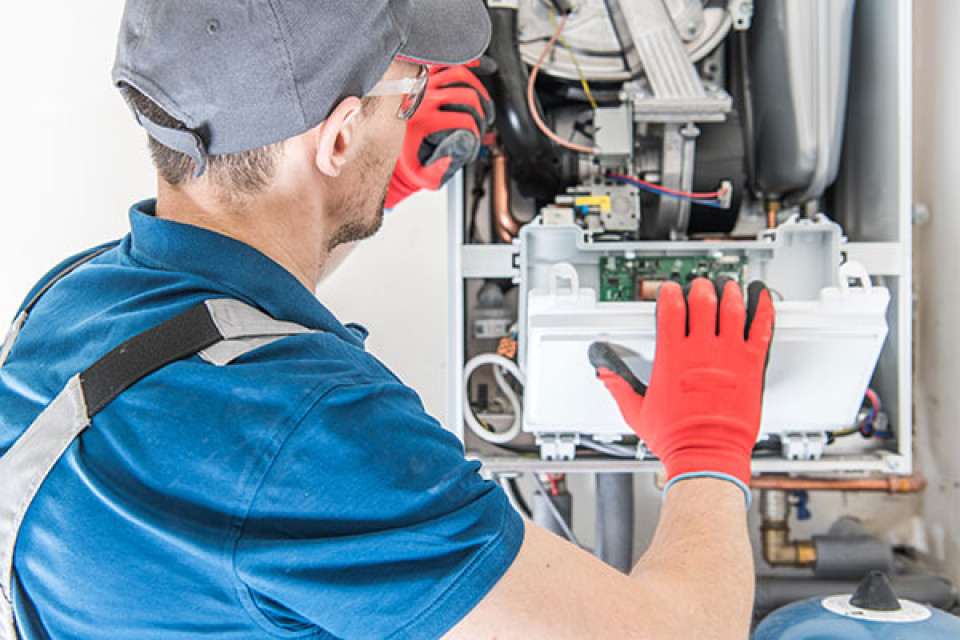
source : suretechhvac.com
Furnaces and air conditioners use filters that prevent harmful particles from entering your airspace. These filters help to improve indoor air quality and fight allergens.
When clogged, your furnace may begin to underperform, especially because the accumulated particles have blocked warm air passage into your home.
Hot to Fix: Changing your air filters is a great way to ensure improved indoor air quality and free-flowing warm air into your living space. Ideally, air filters should be replaced every one to two months. If you’ve left your air filter on for longer, chances are high that it’s the reason behind your underperforming furnace.
Faulty Starting Mechanism
Furnaces are designed with a starting mechanism to jumpstart the heating cycle. It’s similar to an electric gas stove that requires the electric component to ignite it. When faulty or damaged, it may become hard for your furnace to kick-start its heating cycle, which can cause random cold spells in your home.
How to Fix: Fixing the pilot light or ignition requires professional help. We recommend contacting a furnace repair professional to look at the problem and possibly diagnose additional issues affecting your furnace’s performance.
Broken Blower Component

source : suretechhvac.com
The blower component in your furnace is fan-like and helps to radiate heat from the source into the ducts. When the blower component stops, it becomes harder for the heat to move from the source through the vents and to the different parts of your home.
How to Fix: Fixing the blower component requires replacing the damaged part or diagnosing the specific issue. We recommend leaving the furnace to cool before attempting to investigate the problem. When diagnosed, you may need to replace the blower bearings, which may have developed wear and tear due to use.
Other problems that can affect the blower component include a damaged blower belt and a burnt blower capacitor. You may need to contact a specialist for this job, especially if you don’t have prior experience repairing a furnace. This can save you a lot of time and money.
Malfunctioning Heat Exchanger
The heat exchanger is a coil of heated tubes through which air is pushed before it is delivered to your home. The heated tubes warm the air to the desired thermostatic temperature before releasing it into the air ducts. When damaged, the tubes no longer heat your air, causing a release of cold air into your space.
How to Fix: Heat exchangers are a core component of your furnace. Malfunctions can be in the form of cracked or broken heated tubes or other issues. We recommend contacting a professional to inspect and diagnose this problem. Hiring a professional will significantly save you time and money.
Bad Limit Switch
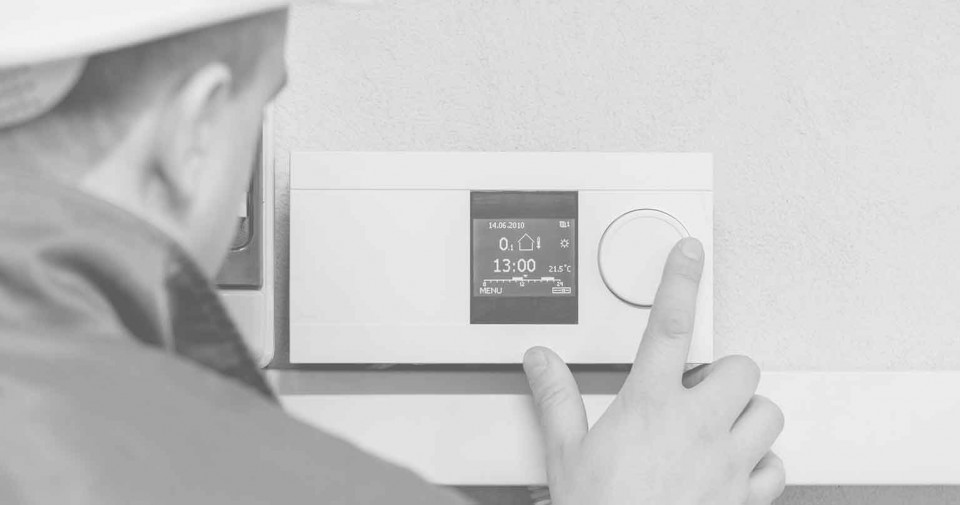
source : suretechhvac.com
The limit switch is like a regulator to ensure the furnace runs safely. This component functions like an internal thermostat or temperature regulator to keep the furnace within a safe working temperature.
When damaged, the limit switch can no longer communicate to the blower fan to indicate the need for heat or to stop producing heat. Either way, your home, and safety are on the line.
How to Fix: Contact a furnace repair professional to diagnose and fix this problem. Fixes may often require replacing the damaged part for safety and optimal functionality.
Addressing the above problems can significantly improve your indoor experience during winter and enhance your furnace’s performance.


